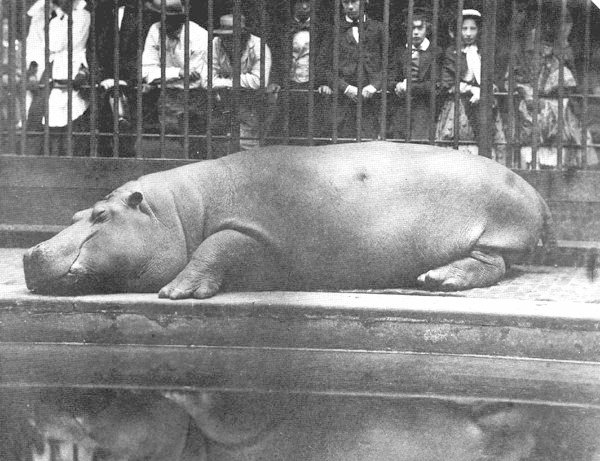


The Thames got cleaned up - now its time for cleaning up our political system.
NB - NEW POSTS - below
INTRO: "Like many fellow-citizens I am very angry about the state of British politics, BUT I see it as the greatest opportunity for reform in the last half-century.
We need a grown-up modern political system in the UK. We need to replace the curse of 'dominating Tribal party politics' - with a grown-up, modern, ethical, accountable system run by MP's free to work in an issues-based system - focused on the needs of the constituency and the country - without the distortion of the whipping system and Tribal baggage of the Parties.
This blog aggregates resources and comments in relation to our need to 'REFORM UK POLITICS NOW' which as a 'Programme' = 24 'spokes', with 'Fair Voting' as the hub of the 'wheel'."
Dr Roger Prentice - PS - Oh and also a sprinkling of humour.
-0-
The wheel gives us 'DANEP - Demand A New Ethical Politics' - a programme for reforming English and UK politics:
One hub, 24 spokes - the site is primarily centred around 24 common-sense steps, + the hub of Fair Voting - to give England & the UK a modern, responsive, accountable, truly democratic political system .
Fair Voting (proportional representation) is the most important single step of reform – it is then the hub of the wheel of reform, the rest are spokes. Go HERE for full version
1 Establish 'fair voting' - its the key to, or 'enhancer' of, every other reform - 30% of the votes results in 30% of the seats. Electoral reform however is more than PR it needs a UK equivalent of US 'primaries' and MPs who continuously re-new their mandate via ongoing dialogue with local politicians, business people and the constituents generally.
2 Centre on issues-based politics and massively reduce 'tribal politics' - party-based politics distorts the moral compass of MPs - assuming they have one - tribal politics is out-dated & perpetuates the class system - let's have more co-operation & less of the adversarial.
3 Restore the power of the House of commons, its back-benchers and the Cabinet - roll back Blair-like presidential leadership
4 Enable more 'Independents' - Independents can be the only true representatives of the people of their constituency - they are responsible to their consciences, & the constituents - not to Brown or Blair or Clegg.
5 Accelerate fair representation - yes we should have 50 % women - as well as representatives of minorities
6 Demand 'facts before opinions' - the quality and verifiability of the information we and MPs have is vital - put additional resources into getting objective truth - to diminish subterfuge
7 Demand that politicians have the courage to take long-term views - short-term decision-making is closely related to wanting re-election rather than the good of the country
8 Make MPs rewards fair, open & clear - give it to an independent body, and punish cheats
9 Make bottom-up politics as strong as top-down politics - from street-level to parliament - maximize participation, inter-connectedness, frequent consultation and accountability
10 Require focus on fairness, social justice and quality of life for all stake-holders - try to teach MPs that politics is more than economics and quality of life is more that money spent
11 Massively reduce central government - top-down government is not just wasteful it dis-empowers everyone. Push decision-making down to regional county constituency and parish levels. Set standards and accountability and get out of people's way
12 Maximize free voting & secret ballots where most relevant - to enhance conscientious voting
13 Habitually import best practice - from around the world - if its working well in several other civilized countries do it here. Stop re-inventing the wheel!
14 Create a written constitution - keep it simple - keep it away from lawyers
15 Require that the government stop spinning, stop obfuscation - act more and talk less
16 Continue beefing up transparency in accountability – at all levels - require MPs to consult frequently with their constituents - and all other political bodies in their constituencies- recall MPs who perform badly - very high ethical standards for MPs - stop lobbying - make the job full-time - make forming a Constituency Trust compulsory
17 Reform political funding - pay 10p for each vote received last time - that's all. Take extra care that illegitimate sources of funding are eliminated
18 Make voting compulsory - start with persuasion, then make it a law - with a 'none of the above' category
19 Bring in fixed-term elections - stop the 'when will it be' nonsense
21 Support MPs appropriately - celebrate their good work, sack or punish seriously ‘deviant’ MPs
22 Institute Primaries in all elections - local people should choose their own candidates - Independents and/or party candidates. The candidates should have proven service to the constituency from which they are to be elected. Keep diversity - reduce 'career politicians'.
23 Reform the House of Lords - but don't create another mirror of the House of Commons - we want wisdom and experience - not cunning and oratorical fireworks
24 Encourage positive interest in, & involvement in, political process - especially via education in schools & colleges - as an integral part of citizenship
-0-
These changes would create my ideal for how our political system operates.



No comments:
Post a Comment